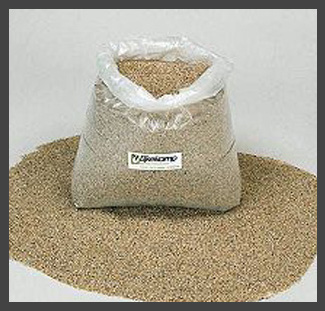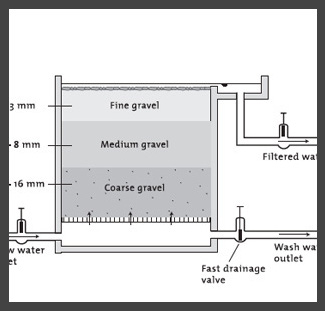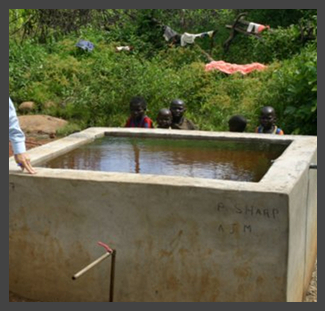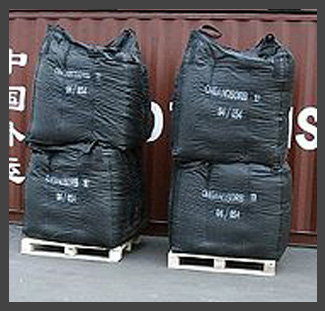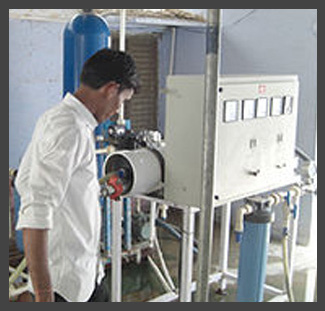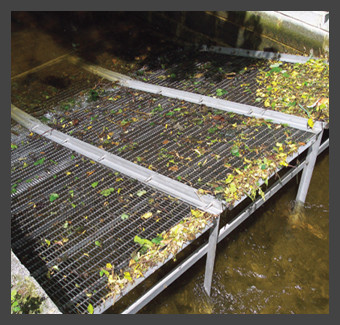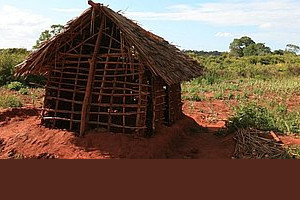Difference between revisions of "CT - Filtration"
| Line 30: | Line 30: | ||
|} | |} | ||
</div> | </div> | ||
| + | |||
| + | |||
| + | ==Field experiences=== | ||
| + | The following projects are using community-level filtration techniques. | ||
| + | |||
| + | {| style="width: 70%; text-align: justify; background-color: #f5f5f5;" | ||
| + | |[[Image:rsr 819.jpg|thumb|none|200px|<font size="2"><center>Project 819</center></font>|link=http://wandelenvoorwater2014.akvoapp.org/en/project/819/]] | ||
| + | |'''Akvo RSR Project:''' [http://wandelenvoorwater2014.akvoapp.org/en/project/819/ Water, Food & Sanitation for School + Community] | ||
| + | The school and catchment area is the main focus. Connect the school to the mains water supply + storage tank. Three toilet blocks with handwash facilities. The provision of a water pan with pump to provide water for drinking and cooking; drip irrigation for crop cultivation on the school farm and income generation to maintain the project. Complete training for the community. | ||
| + | |} | ||
Revision as of 05:16, 17 October 2013
CT -Filtration refers to centralised treatment of water systems that serve many households or village level. While the trend suggests a move towards decentralisation, there is still a place for the usage of centralised systems as NGOs and governments work to provide fresh water solutions to their communities.
Field experiences=
The following projects are using community-level filtration techniques.
| Akvo RSR Project: Water, Food & Sanitation for School + Community
The school and catchment area is the main focus. Connect the school to the mains water supply + storage tank. Three toilet blocks with handwash facilities. The provision of a water pan with pump to provide water for drinking and cooking; drip irrigation for crop cultivation on the school farm and income generation to maintain the project. Complete training for the community. |
